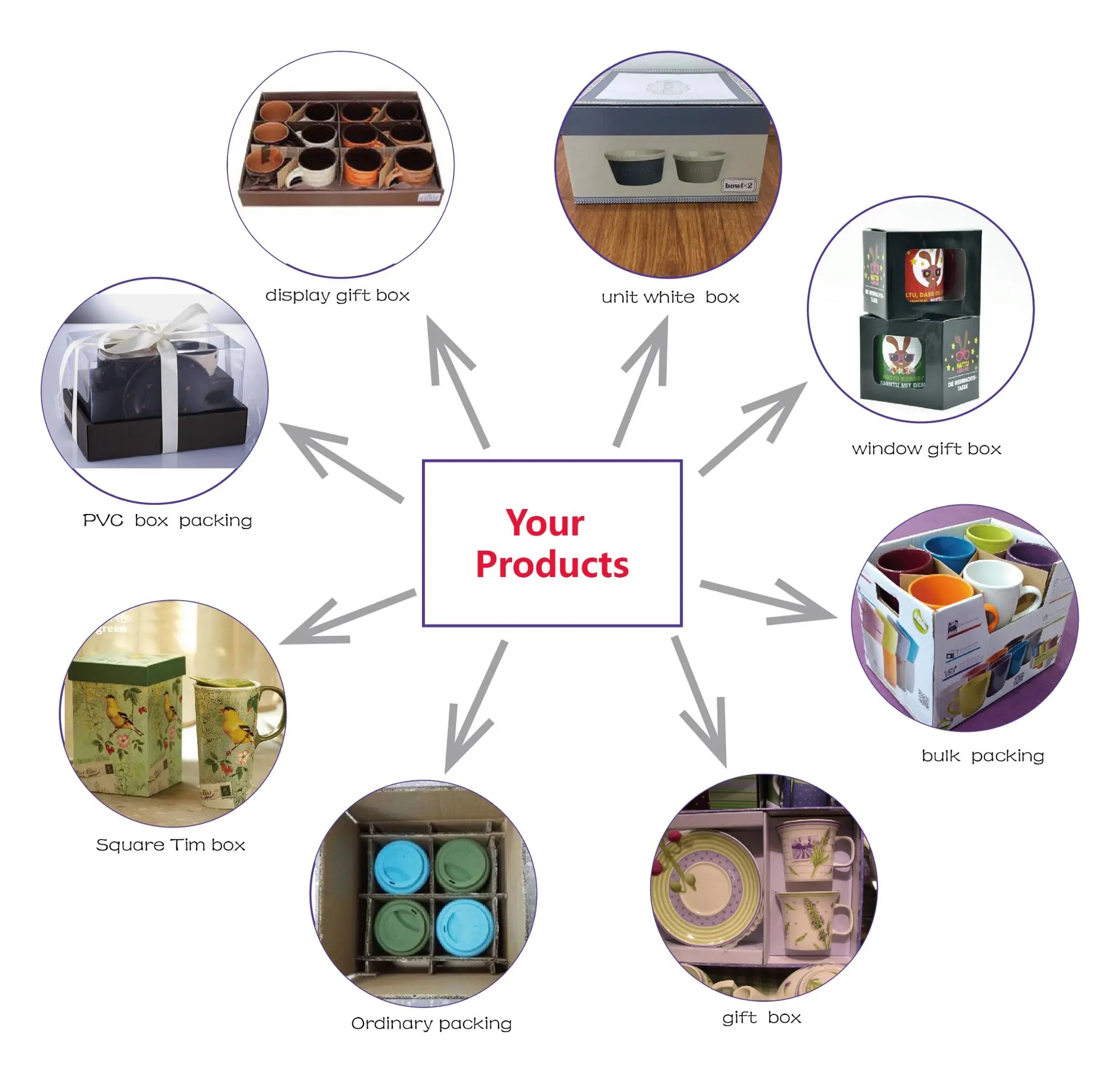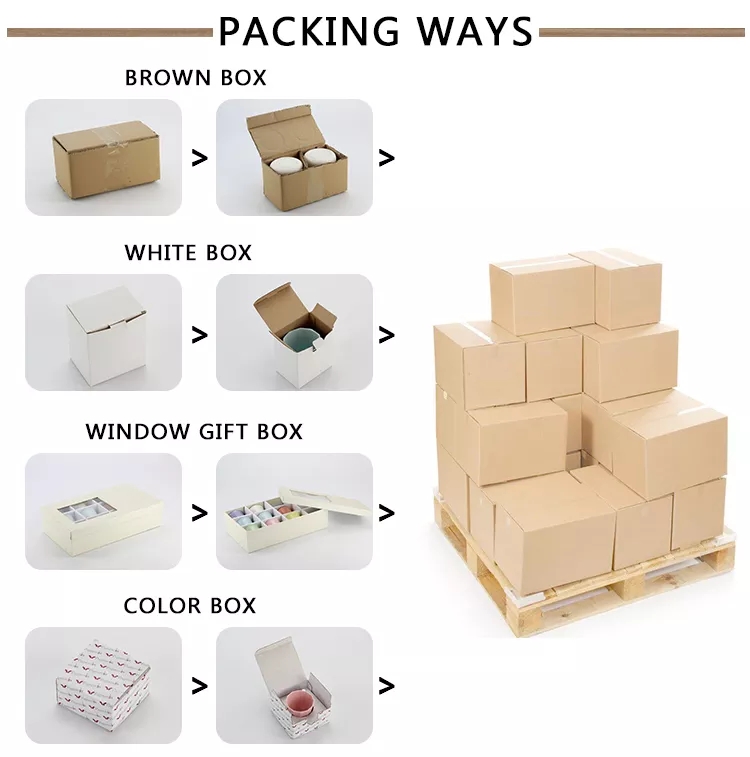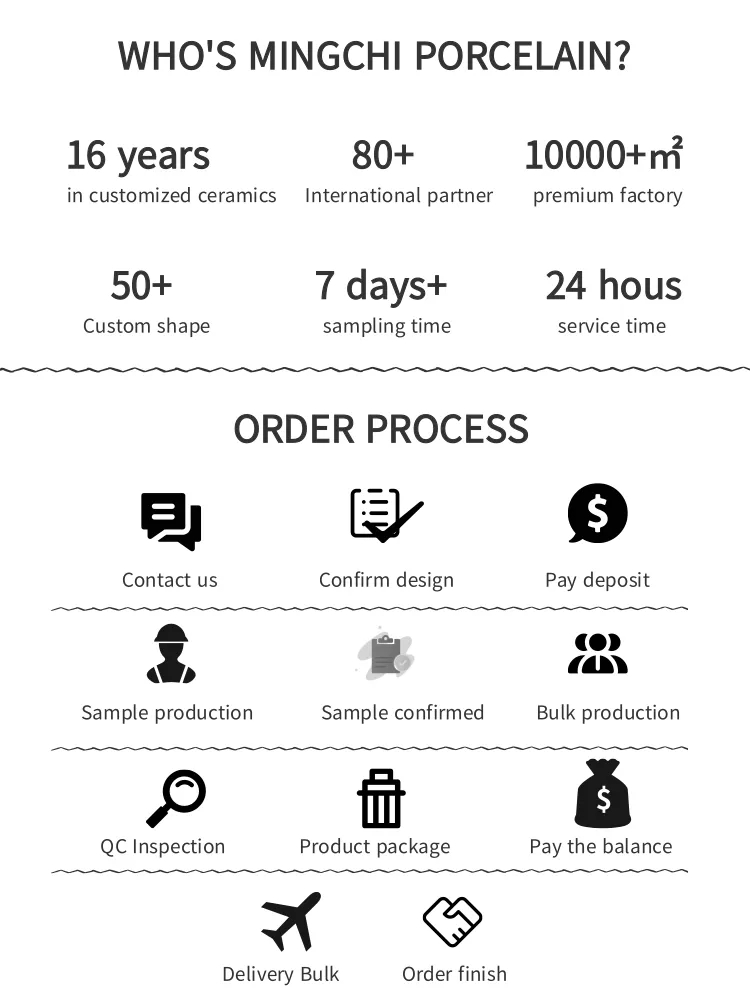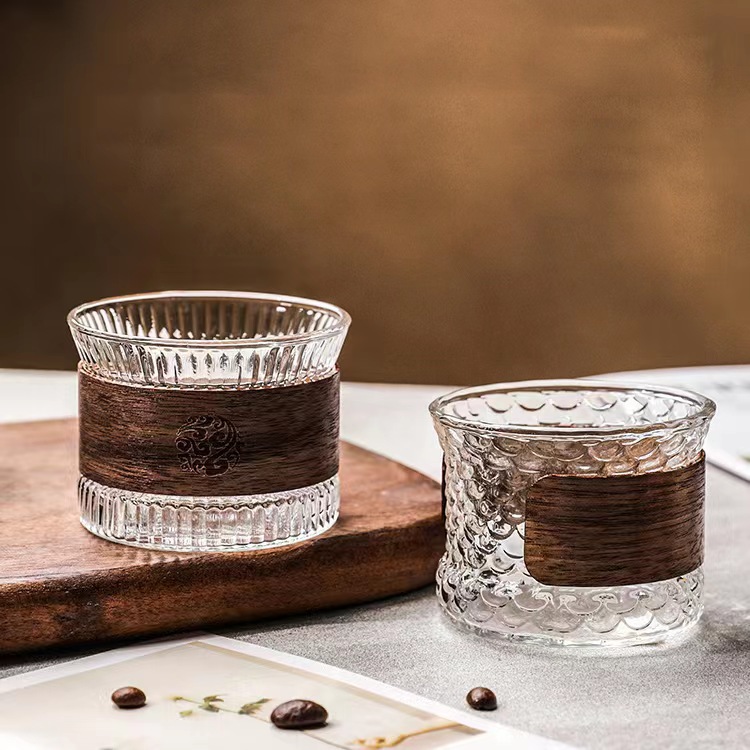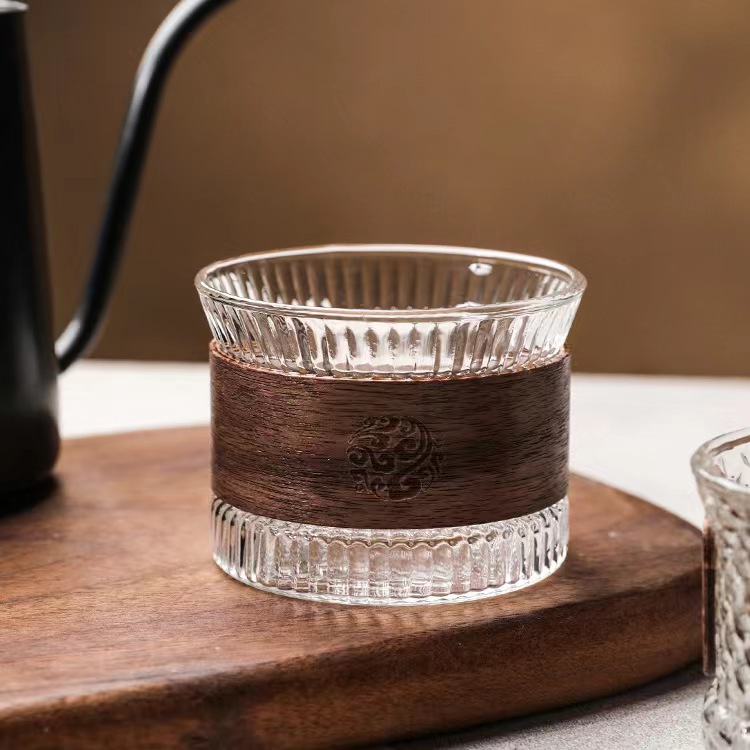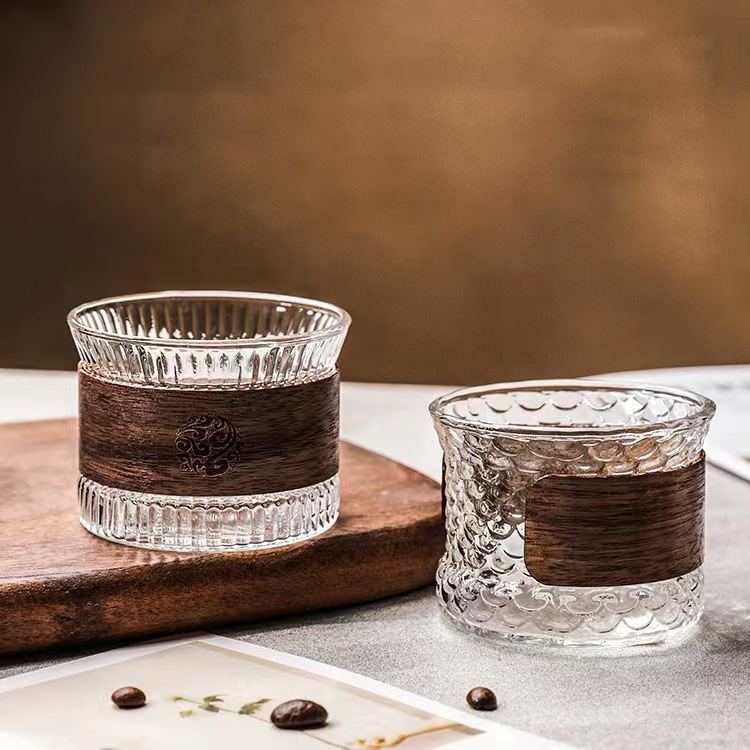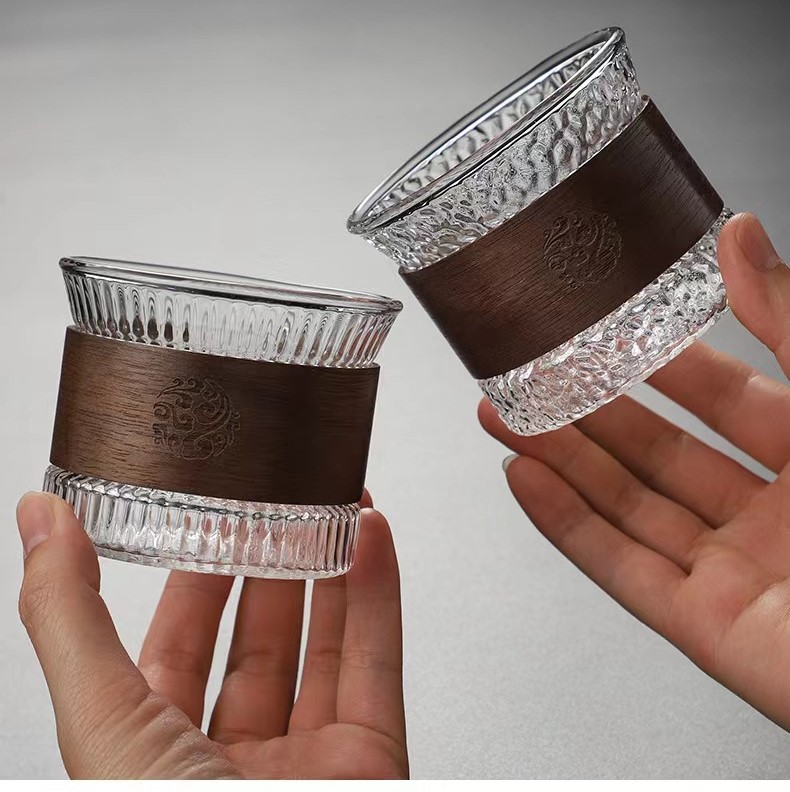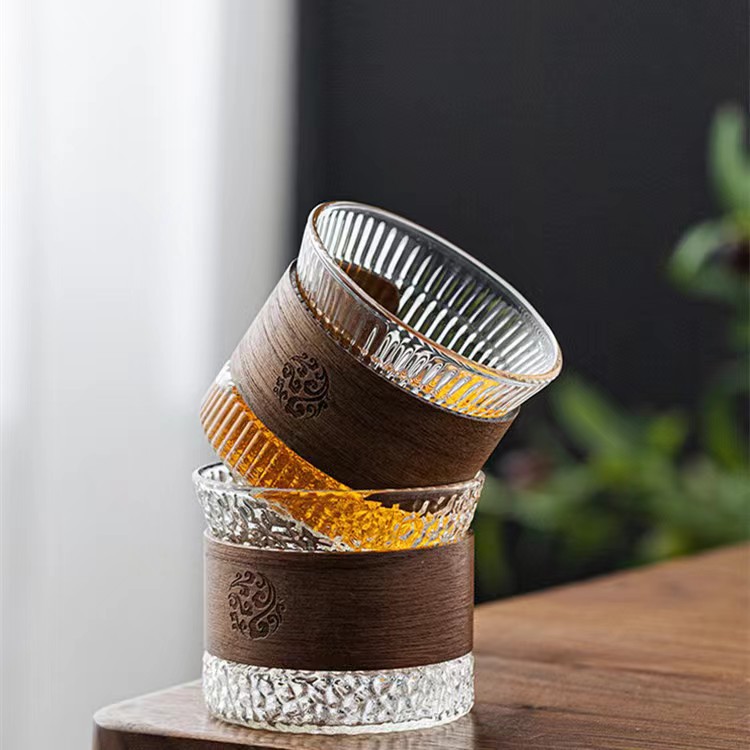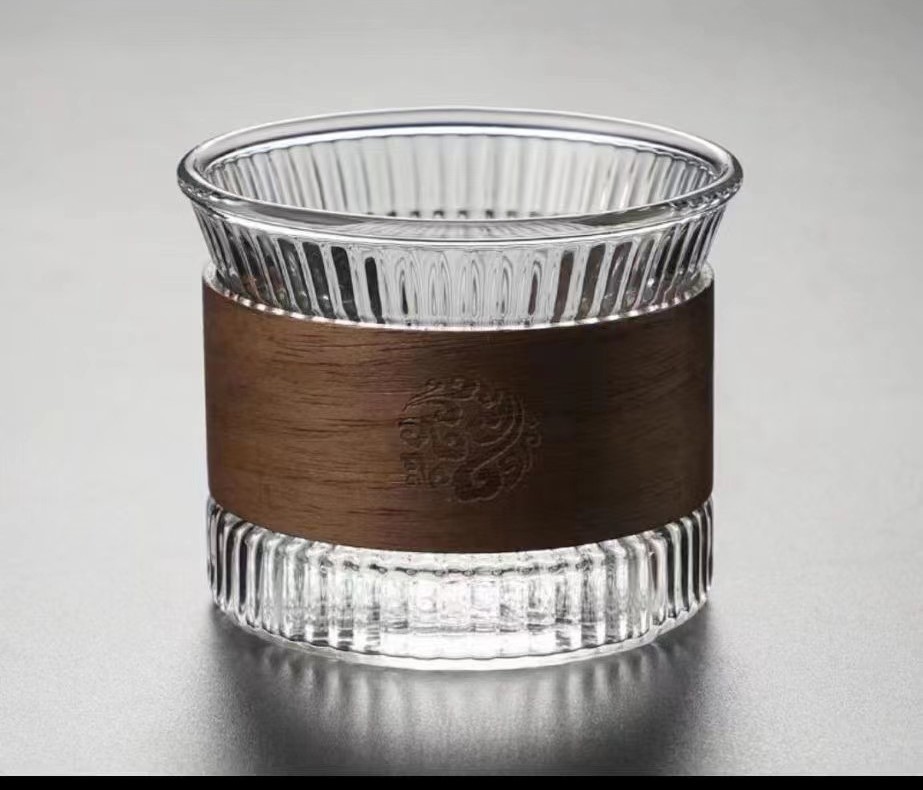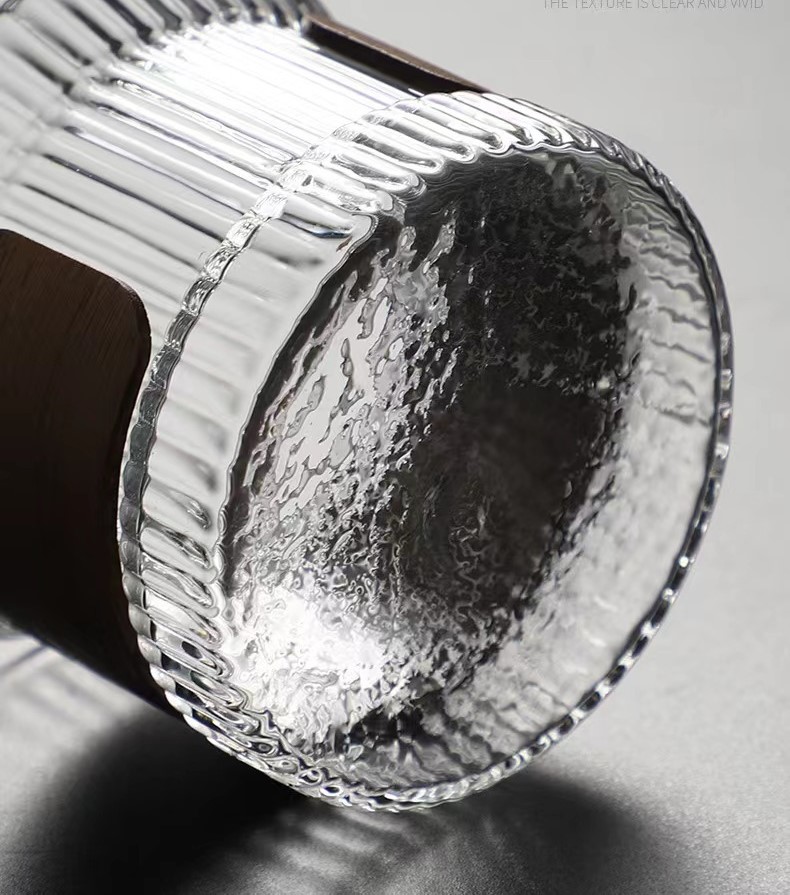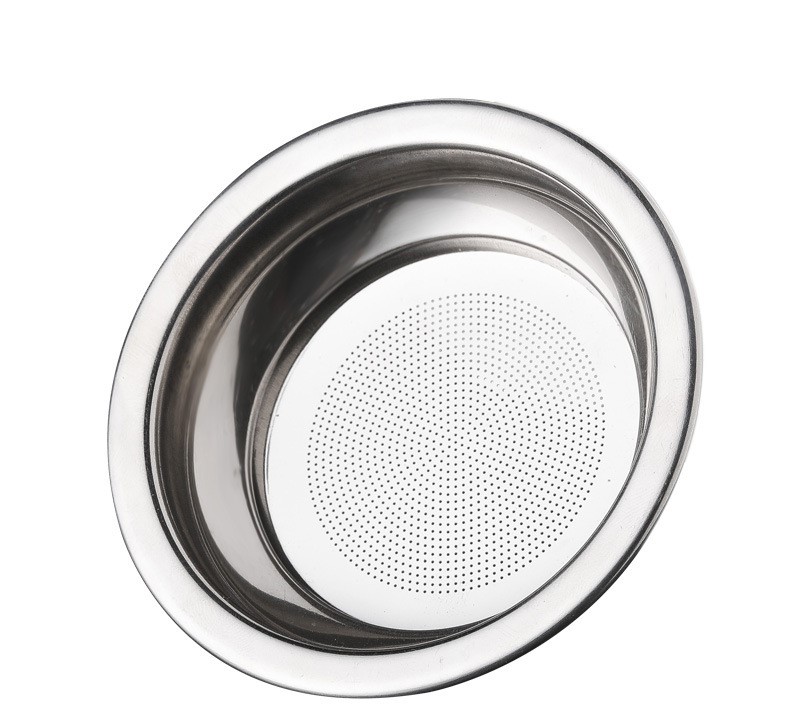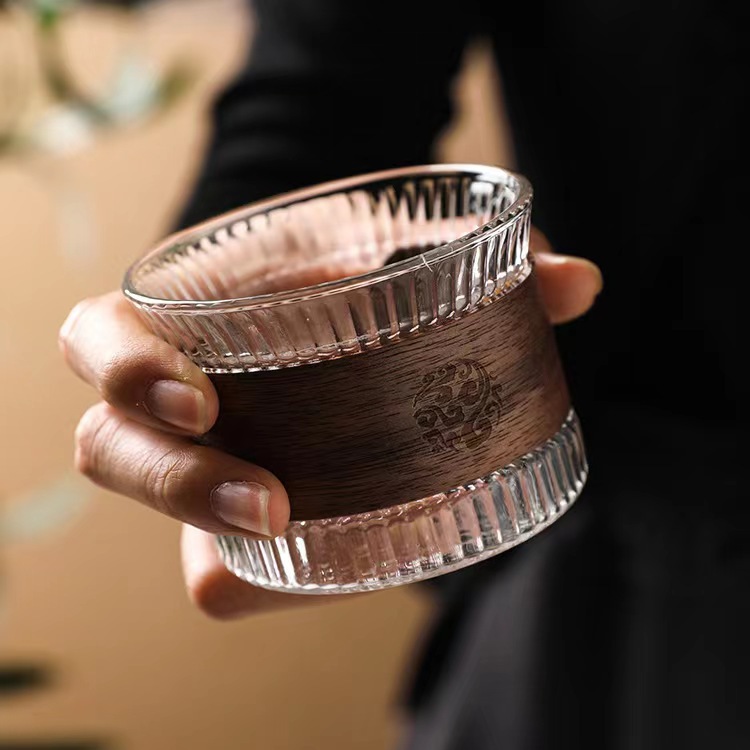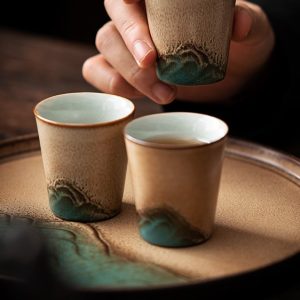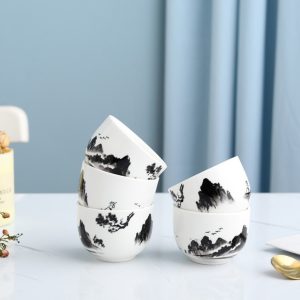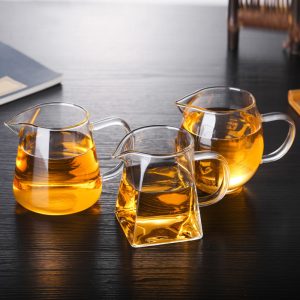Tea cups have several advantages, including:
- Proper serving size: Tea cups are designed to hold the ideal amount of tea for one serving, typically around 6 to 8 ounces. This ensures that you are drinking the right amount of tea and not overindulging.
- Heat retention: Tea cups are often made of materials such as porcelain or ceramic that retain heat well. This allows you to enjoy your tea at the optimal temperature for a longer period.
- Aesthetic appeal: Tea cups come in a variety of designs, colors, and patterns, making them a visually appealing addition to your tea set or table setting.
- Comfortable to hold: Many tea cups have a comfortable handle that allows for a secure grip and prevents burns from hot tea.
- Variety of shapes: Tea cups come in various shapes, including traditional round or cylindrical cups, teapots, and mugs. This allows you to choose a cup that best fits your personal preferences and style.
- Cultural significance: In many cultures, tea is more than just a beverage, it’s a symbol of hospitality, tradition, and social connection. Using tea cups to serve tea can add an element of cultural significance and depth to your tea drinking experience.
Tea cups can be packaged in various ways depending on the quantity, size, and material of the cups. Some common packaging methods include:
- Individual boxes: Tea cups can be packaged individually in a small box, which may include protective packaging materials such as foam or bubble wrap to prevent damage during shipping.
- Sets: Tea cups can also be packaged in sets, which may include matching saucers or tea plates. These sets are often packaged in a larger box with additional protective materials.
- Gift boxes: Tea cups can be packaged in elegant gift boxes, which may include additional items such as tea bags, tea infusers, or other tea accessories.
- Bulk packaging: For commercial purposes, tea cups can be packaged in bulk in large boxes or crates for transport and storage.
- Eco-friendly packaging: To reduce waste and promote sustainability, tea cups can be packaged in eco-friendly materials such as recycled cardboard or biodegradable packaging materials.
Regardless of the packaging method, it’s important to ensure that the tea cups are securely packaged and protected during shipping to avoid damage.
Tea cups can be made from a variety of materials, each with its own unique characteristics and benefits. Here are some common tea cup materials:
- Porcelain/Ceramic: Porcelain and ceramic are popular materials for tea cups because they retain heat well, are durable, and have a smooth surface that does not affect the taste of the tea. Porcelain is more delicate and lightweight, while ceramic is heavier and thicker.
- Glass: Glass tea cups allow you to appreciate the color and clarity of the tea, and are often used for showcasing high-quality teas. They are also easy to clean and do not retain any flavor or odor from previous use.
- Stoneware: Stoneware tea cups are sturdy and durable, and can withstand high temperatures without cracking. They are often used for larger or heavier cups and have a rustic or earthy appearance.
- Cast Iron: Cast iron tea cups are often used in traditional Japanese tea ceremonies and are known for their ability to retain heat. They are heavy and durable, and can be used to brew tea directly on the stovetop.
- Bamboo: Bamboo tea cups are eco-friendly and lightweight, and have a natural appearance. They are often used for outdoor or casual tea drinking.
- Plastic/Melamine: Plastic or melamine tea cups are lightweight, durable, and inexpensive. They are often used for outdoor or travel purposes.
When selecting a tea cup, consider the type of tea you will be brewing, your personal style preferences, and the durability and practicality of the material.
